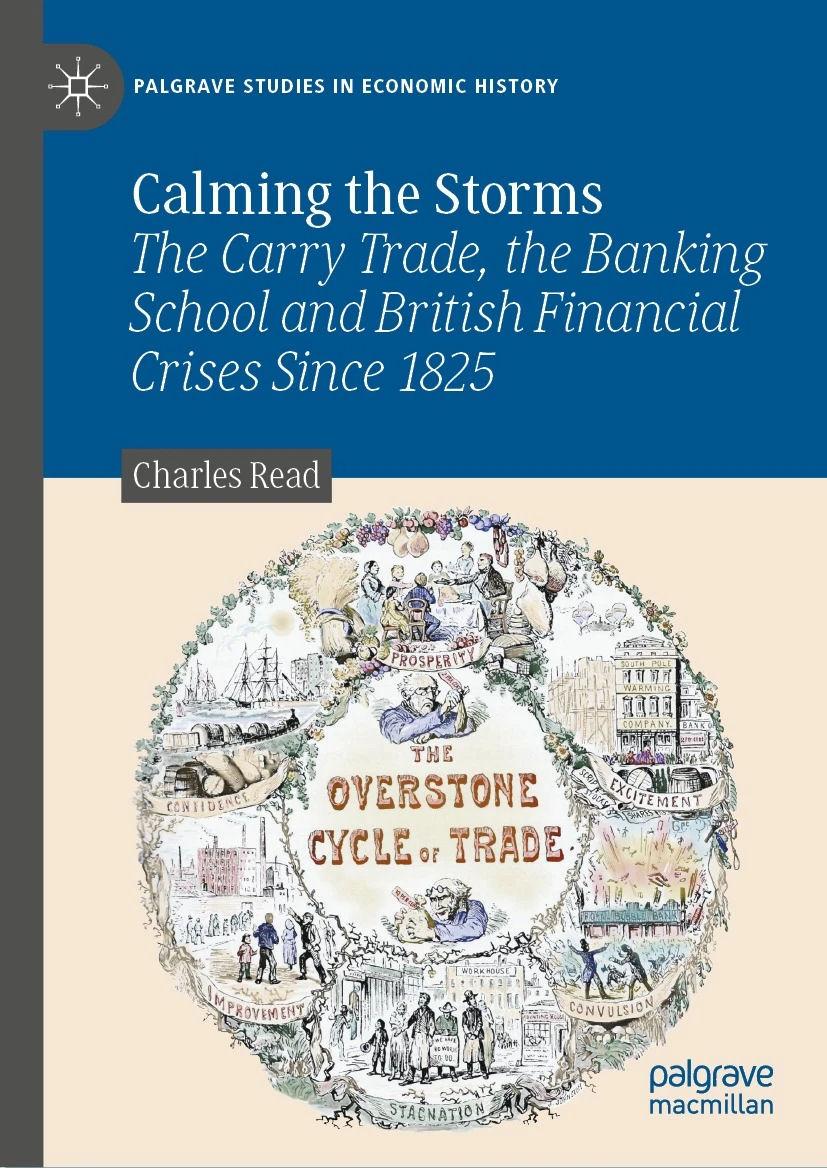Calming the Storm: The Carry Trade, the Banking School and British Financial Crises Since 1825
Launched the day before Silicon Valley Bank collapsed, this book explains the role that interest-rate risk has played in British financial history over the past two centuries. It excavates from the archives the British Banking School's theories about financial crises and how to prevent them, which centre around the role that rapidly rising interest rates, short-term rates rising above long-term ones, and the Carry Trade have played in banking panics. Similar mechanisms triggered the collapse of Silicon Valley Bank in March 2023 and the wider US banking panic of that month.
Britain's banking history is notable as it is one of the few major capitalist economies in the world to have avoided policy-induced systemic financial crises for more than 100 years of its history―between 1866 and 1973. Beforehand, it suffered a series of serious banking panics, in 1825, 1837-39, 1847, 1857-58 and 1866. Since the 1970s banking instability has returned again, with the global financial crisis of 2007-09 hitting Britain hard. Economists and policymakers have asked what can be learnt from Britain’s experience of the disappearance and reappearance of crises to help efforts to prevent future ones. This book answers that question with a major reassessment of Britain’s financial history over the past two centuries. It does so by applying the long-neglected ideas of the British Banking School to explain how crises can occur because of interest-risk and because of the Carry Trade―much the same forces as brought Silicon Valley Bank down in March 2023. This book is essential reading for economists and historians of modern Britain, practitioners and policymakers, as well as anyone who is affected by financial crises and their consequences.
Image

Page credits & information
Read, C. (2023) Calming the storms : the carry trade, the banking school and british financial crises since 1825. (Palgrave studies in economic history).
